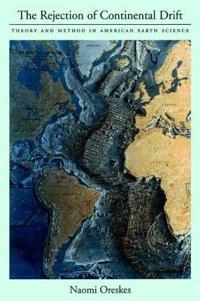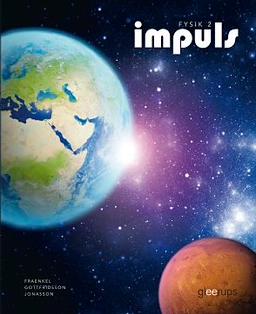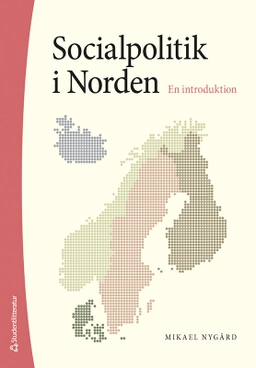

The rejection of continental drift : theory and method in American earth science
- Utgiven: 1999
- ISBN: 9780195117332
- Sidor: 432 st
- Förlag: Oxford University Press
- Format: Häftad
- Språk: Engelska
Om boken
Åtkomstkoder och digitalt tilläggsmaterial garanteras inte med begagnade böcker
Mer om The rejection of continental drift : theory and method in American earth science (1999)
1999 släpptes boken The rejection of continental drift : theory and method in American earth science skriven av Naomi Oreskes. Den är skriven på engelska och består av 432 sidor. Förlaget bakom boken är Oxford University Press.
Köp boken The rejection of continental drift : theory and method in American earth science på Studentapan och spara pengar.
Referera till The rejection of continental drift : theory and method in American earth science
Harvard
Oxford
APA
Vancouver



















